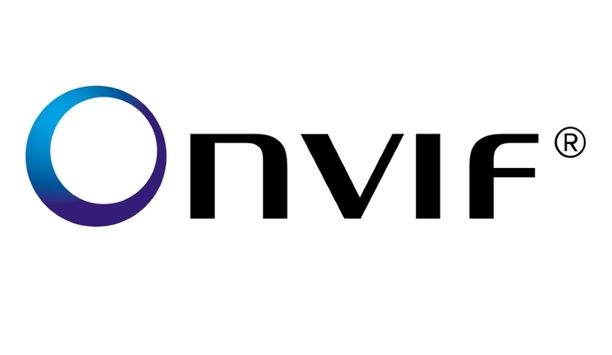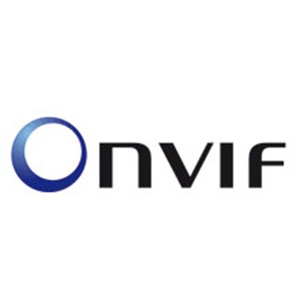Fredrik Svensson

Fredrik Svensson
Chairman ONVIF Profile T, ONVIFFredrik Svensson is Chairman ONVIF Profile T at ONVIF.
Articles by Fredrik Svensson
In today’s market, efficient use of bandwidth and storage is an essential part of maintaining an effective video surveillance system. A video management system’s ability to provide analysi...
News mentions
ONVIF, global standardization initiative for IP-based physical security products held its annual membership meeting in early November this year, with an overview of important activities of 2018 and pe...

































